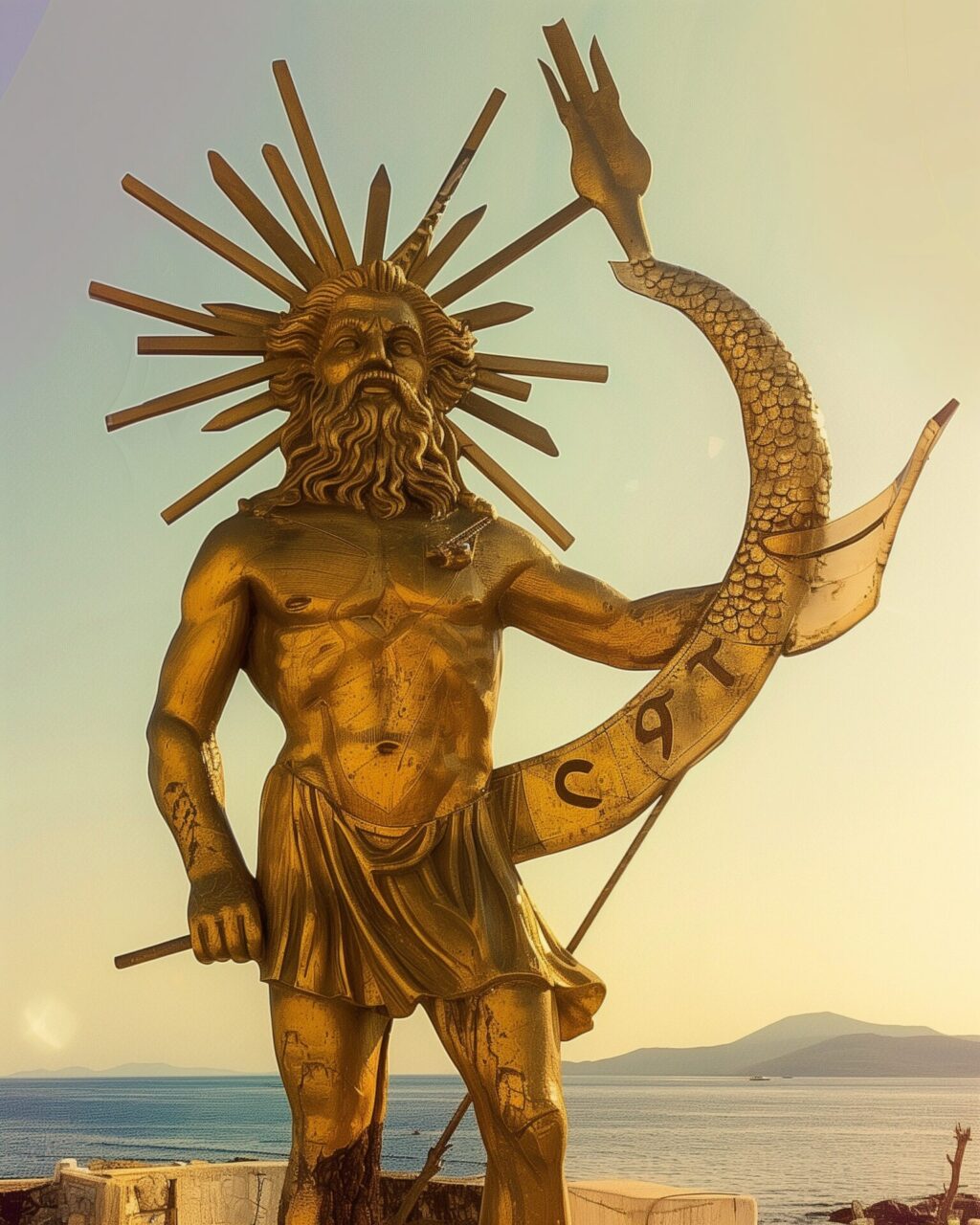
Quantum physics and Eastern mysticism
The fascinating world of quantum physics, where particles can be here and there at the same time and observers influence reality, seems at first glance to be straight out of a science fiction novel. But if you look at the principles that govern these bizarre phenomena, surprising parallels to the millennia-old teachings of Taoism and Buddhism become apparent. So what can today’s thinkers learn from the ancient masters? And how does this intersection influence our perception of reality?
The principle of indeterminacy: an echo of emptiness
Probably the best-known element of quantum mechanics is Heisenberg’s uncertainty principle, which states that the exact position and velocity of a particle cannot be known simultaneously. Interestingly, we find a similar idea in Eastern philosophy, particularly in the concept of “emptiness” in Buddhism. This teaching states that things have no inherent, independent existence, but exist only in dependence on other factors. These fundamental uncertainties – whether in the quantum world or in meditation on emptiness – challenge our need for fixed truths and open the door to a deeper understanding of reality.
Entanglement and Interdependence: The Web of Indra
In quantum physics, entanglement describes a phenomenon in which particles remain connected over great distances, so that the state of one immediately affects the state of the other. This concept is reflected in the Buddhist image of the Indra net, an infinite net in which there is a pearl at each node that reflects all the other pearls. This image illustrates the idea of the interdependence of all phenomena – an idea that is anchored in both modern physics and ancient wisdom.
The observer and the observed: the illusion of separation
Quantum mechanics shows that the observer is not separate from the system they are observing; rather, the act of measurement influences the result. This collapse of the observer-object dichotomy is also found in the teachings of Zen Buddhism, where the duality between self and universe is cancelled. Meditation aims to dissolve the artificial divisions we create in our everyday lives and instead experience a deep sense of oneness.
Quantum potential and the Tao: The universe of possibilities
The concept of quantum potential reveals a world that is not deterministic, but a world of potentials in which different futures are possible. Similarly, the Tao in Taoist philosophy describes the fundamental, indescribable origin of all things, which is not fixed but full of possibilities. Both perspectives challenge us to think beyond the limitations of the visible world and explore the realm of potential.
The Dancing Universe
The parallels between quantum physics and Eastern mysticism are not only intellectually appealing, but also offer practical insights for our daily lives. They remind us that our classical views of the world are often only an approximation and that the universe is much stranger – and more wonderful – than we can imagine. In this sense, perhaps the entire universe is, as the Taoist master would say, a great cosmic smile waiting to be recognised.


